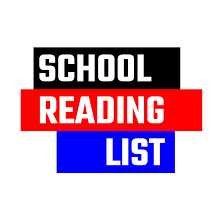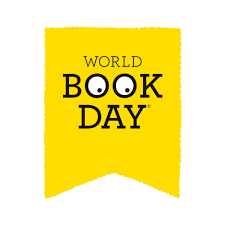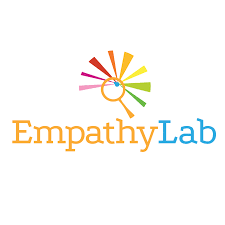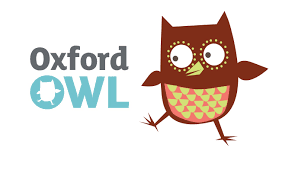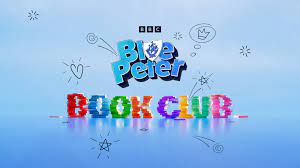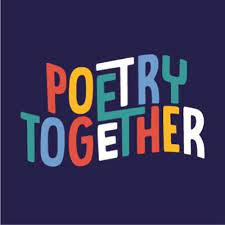Reading
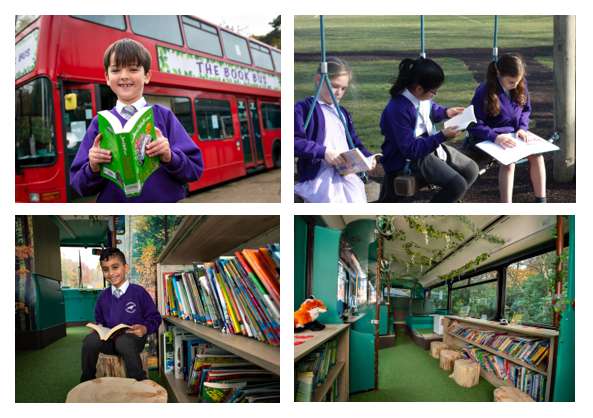
"Reading has pride of place in the curriculum. This is because leaders and staff know that reading unlocks a key to pupils’ success in education. Phonics is taught systematically and rigorously for as long as is needed. This is until pupils have the knowledge and skills they need to read accurately and fluently. The school immerses pupils in high-quality texts. These support pupils’ wider reading knowledge and foster a love of reading. Pupils delight in using the attractive, well-resourced library on the ‘reading bus’. They aspire to earn tokens to acquire new books from the school’s reading vending machine."
Ofsted, October 2024
Intent
Our core mission here at Ravenscote is to support all of our children to become lifelong readers by empowering them to develop a love of sharing texts that grows into a lifetime of reading enjoyment and equipping them with the skills needed to be able to access the wider curriculum.
We pledge to provide all children with an abundance of opportunities to listen to, and read high quality texts, enjoy and share books as well as being exposed to a language rich environment, which allows access to a wide variety of genres of text. The children are immersed in a reading environment with the aim to developing them culturally, emotionally, intellectually, socially and spiritually.
We aim for all children to be ‘readers’ by the time they leave our school. We will identify any gaps in children’s phonics and support any children with English as an additional language through using the systematic, synthetic phonics programme Read Write Inc. (years 3 and 4) and Fresh Start (Years 5 and 6) to support pupils to achieve their full potential.
Implementation
At Ravenscote, we use multiple strategies to engage children and develop their reading:
- Meaningful Individual Reading – Children are assessed when they start Ravenscote. They will then choose a banded book at their reading level or they will start the Ruth Miskin RWI scheme (please see ‘Phonics’ page for further information) to develop their phonics knowledge and read decodable texts. The banded books are at an appropriate text level for decoding and comprehension to suit every child’s needs. Once children reach a level of fluency they will move onto being ‘Free Readers’ to develop their reading journey, making choices and showing preferences into text types. Reading practice during, home learning, reading in class and reading with an adult adds up the ‘reading miles’ to develop fluency and comprehension. Time is allocated for class reading time, where the whole class quietly reads their individual text independently.
- Reading lessons:
Whole class comprehension: each lesson focuses on a strand of reading: vocabulary, inference, predictions, explaining, retrieval and summarising.
Fluency/echo reading: each lesson focuses on reading theatre that promotes fluency, intonation, inflection and expression.
Independent comprehension: allows the children to practice the skill explored in whole class comprehension, independently.
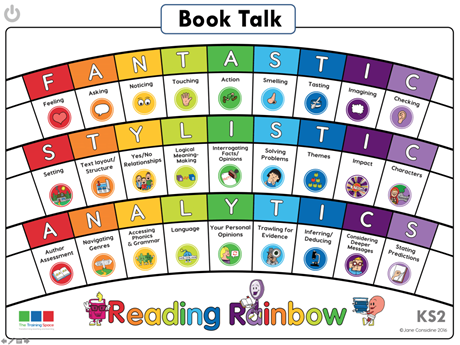
- Book Talk once a week to discuss a text in greater depth, focusing on – developing language, vocabulary and the children’s opinion of reading.
- Story time –High quality texts are chosen for our school reading spine – there is a diverse variety of genres and subjects. Some texts are chosen as part of our connected curriculum, to link into our themed topics. We include texts that explore themes of diversity, racism, cultures and texts that will hook our children, engaging them in stories that they will either reflect themselves in or open their eyes to a different way of life – developing their cultural, emotional, intellectual, social and spiritual understanding.
- Book Bus- the children visit the well-stocked Book Bus weekly with their class and there are drop in sessions during lunchtimes. Children choose a book to read for pleasure, and have the opportunity to share a book with peers and a reading specialist teacher.
- Reading for pleasure – alongside the abundance of day to day reading opportunities within the school, we create and ethos reading for pleasure: celebrating world book day, offering up book reviews and recommendations, we have a book vending machine to reward children for displaying our core school values, a reading dog that visits weekly and our school dog Margot attends reading interventions for two whole mornings of her busy week.
- Connected curriculum – reading is encouraged throughout all subjects within the curriculum to reinforce or extend the content of a lesson.
Impact
By the end of year 6, pupils’ reading should be sufficiently fluent for them to manage the general demands of the curriculum in year 7, across all subjects and not just English. (National Curriculum 2014)
The children will have been exposed to a wide variety of high-quality texts from a range of genres to expand their applied knowledge, language and vocabulary.
Children will have developed the ability to summarise, retrieve information, make inferences and deductions, show personal opinions and preferences over texts.
We strive to have instilled a positive reading mindset in our children at Ravenscote.
“When you are reading a really good story you can feel what the character is feeling”
“Stories are captivating. You get transported to another world.”
“Books can be entertaining and educational. I like to read non-fiction books. I like to learn new facts.”
“I like to go on the Book Bus at lunchtimes, so I can read my book. It gives me some quite time to myself.”
The following useful websites may aid with your child's learning.



